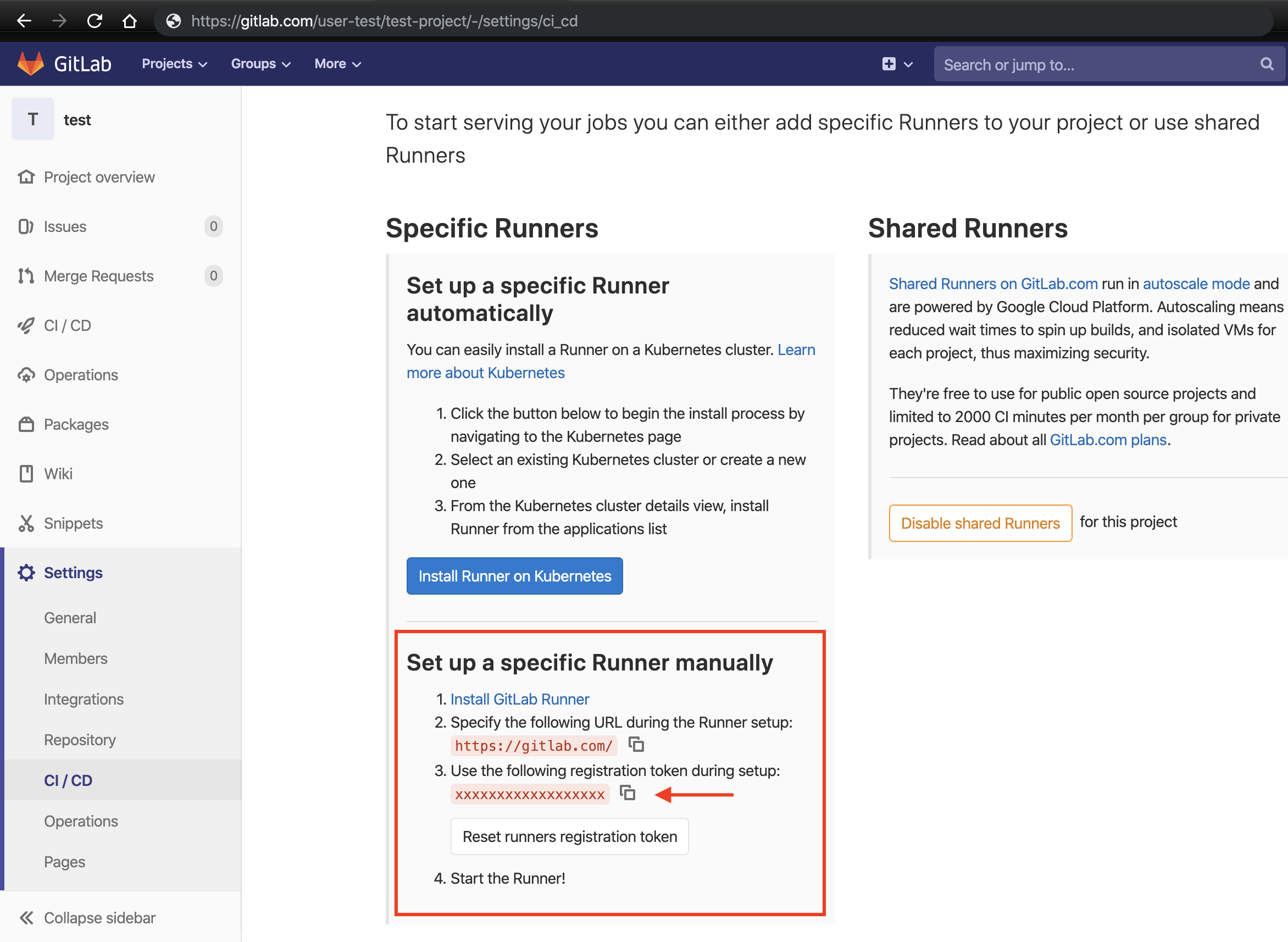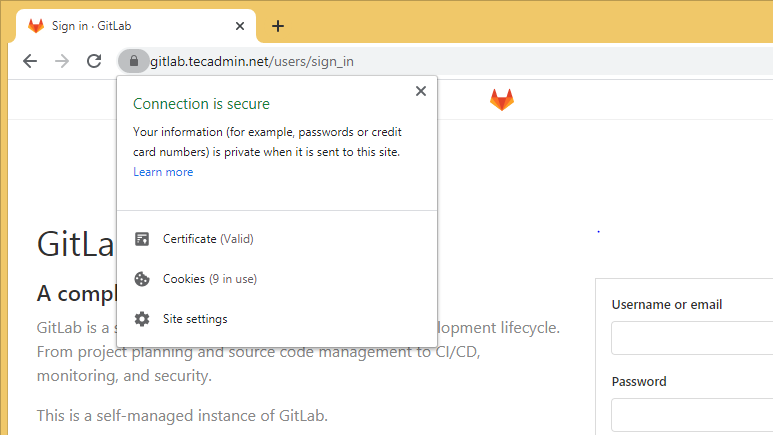
Common names are qa, staging, and production, but you can use whatever name works with your workflow.Įxample configurations deploy to production: The environment name must contain only letters, digits, '-' and '_'. If environment is specified and no environment under that name exists, a new one will be created automatically. This allows easy tracking of all deployments to your environments straight from GitSwarm. environmentĮnvironment is used to define that a job deploys to a specific environment.
#How to install gitlab runner on windows manual#
You can execute the same manual action multiple times.Īn example usage of manual actions is deployment to production. Manual actions can be started from pipeline, build, environment, and deployment views. Manual actions are a special type of job that are not executed automatically they need to be explicitly started by a user.


The specification of stages allows for having flexible multi stage pipelines. Stages is used to define build stages that can be used by jobs. This has to be an array or a multi-line string. Note: Introduced in GitSwarm 2016.2 and requires Gitlab Runner v1.2Īfter_script is used to define the command that will be run after for all builds. This can be an array or a multi-line string. before_scriptīefore_script is used to define the command that should be run before all builds, including deploy builds. The configuration of this feature is covered in a separate document. This allows to specify a custom Docker image and a list of services that can be used for time of the build. Use docker services, covered in Use Dockerĭefine commands that run before each job's scriptĭefine commands that run after each job's scriptĭefine list of files that should be cached between subsequent runs There are a few reserved keywords that cannot be used as job names: Keyword The jobs are defined as top-level elements with a name and always have to contain at least the script clause: The YAML file defines a set of jobs with constraints stating when they should be run. It is placed in the root of your repository and contains definitions of how your project should be built. gitlab-ci.yml) for the project configuration. If you want a quick introduction to GitLab CI, follow our quick start guide.įrom version 7.12, GitLab CI uses a YAML file (.

gitlab-ci.yml, the file that is used by GitLab Runner to manage your project's builds.


 0 kommentar(er)
0 kommentar(er)
